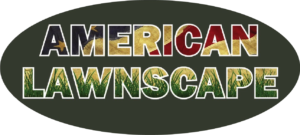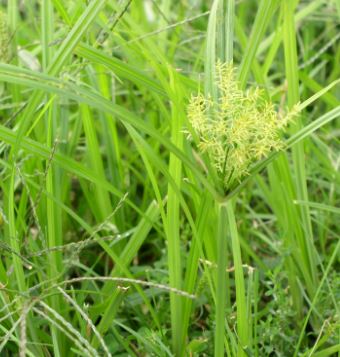Weed Control
A North Texas Lawn Maintenance Necessity
A lush, green lawn is a symbol of pride for homeowners in Dallas, Texas. It enhances curb appeal, provides a space for relaxation and recreation, and even helps to cool your home in the summer heat. However, maintaining a weed-free lawn can be a challenge, especially in the warm, humid climate of Dallas. That’s why American Lawnscape uses golf course grade weed control products that are designed for your lawn’s specific needs to ensure above average results in a less than average timeframe. Call or Text us for a customized lawn maintenance program for your yard 214-308-1322.
What Are Weeds?
A weed is any plant that is growing where you don’t want it to grow. Beauty truly lies in the eyes of the beholder. There are some easy ones to identify (such as the common dandelion) that would typically be considered a weed wherever you find it. But if your intent is to grow dandelions in a garden for their edible leaves, they are no longer considered a weed in that instance.
What about grass, is it a weed? Your turf grass is not a weed when its growth is confined to your lawn but what if it begins to grow somewhere other than your lawn? Turf grass that creeps into the afore mentioned dandelion garden, a flower bed or tree ring would be considered a weed, not necessarily because of what it is but rather where it is. Likewise, a dandelion that starts to grow in your lawn, flower bed or tree ring would be a weed in that particular environment.
Generally, though, when we are discussing weeds we are referring to common weeds that arise in your lawn. Before determining any plan to rid your lawn of weeds, it’s necessary to identify what weed category and type of weed you are dealing with.
Weed type, grass type, weather conditions, and weed proliferation rates are all critical data points to consider prior to any weed eradication program.
What Are The Different Weed Types?
Lawn weeds primarily fall into three categories; broadleaf, grassy and sedges. Each of these weed classes have their own unique structure, reproductive mechanisms and favored climate in which to grow. Being varied even within their own category, each type can have examples that thrive in the north or south, in the heat or cold, in wet or arid climates and throughout all seasons.
What Are Broadleaf Weeds?
Broadleaf weeds are a type of weed that are the primary concern and a source of agitation for most homeowners throughout the United States. Even though these are the easiest weeds to irradicate compared to other types, broadleaf weeds tend to grow quickly with multiple varieties becoming active during any seasonal snapshot but especially thrive and proliferate in the spring.
A common trait among broadleaf weeds is a wide leaf with a central vein structure producing smaller veins that radiate laterally throughout the leaf. Beyond these shared characteristics, broadleaf weeds can be found in various sizes, growth patterns, root depth as well as varied flower expressions.
Common Broadleaf Weeds In Texas: Dandelion, clover, spurge, knotweed, thistle, wood sorrel, plantain, henbit, chickweed, purslane and more.
What Are Grassy Weeds?
Grassy weeds are members of the Poaceae family; the same botanical family as your own turfgrass. So what is the difference between grassy weeds and lawn grass? Biologically, grassy weeds are not much different than your standard turf grass. Aesthetically, though, grassy weeds come in all shapes, sizes, shades and climate preferences. Due to their physical characteristics and growing patterns, they can easily be identified when compared to examples of your actual turf grass.
Look for these grassy weed characteristics:
- Taller than the lawns actual grass
- Lighter or darker shades compared to the lawn
- Faster growth rate compared to the lawn
- Visible seed heads
- Wider leaf blades than your turf grass
- Remains green when lawn grass is dormant
Common Grassy Weeds In Texas: Poa Annua (Annual Bluegrass), Dallis Grass, Crabgrass, Johnson Grass, Goose Grass and Rescue grass.
What Are Sedges?
Sedges that invade Texas lawns are often inaccurately identified as grasses due to their color and similar appearance when still juvenile plants. Sedges can be distinguished from turf grasses in various ways but commonly by their triangular stalk structure (more visible when cut) and their flowers or seeds that are not typical of any grassy weed variety.
Sedges in Texas can tolerate hot or cold temperatures and will likely originate in the dampest part of the lawn and proliferate radially. Favorable areas for sedges to grow are damp flower beds, low damp areas withing the lawn and around irrigation pop off valves on properties that have a septic system.
Common Sedge Weeds In Texas: Yellow Nutsedge, Purple Nutsedge, False Garlic and Green Kyllinga.
Texas weeds are tough to kill on your own! Reach out to the Turf Veterans at American Lawnscape today so we can get your lawn Weed-Free and Green As Can Be!
- Call or Text: 214-308-1322
- Email [email protected]
Hours of Operation
- Mon-Fri: 8am – 5pm
- Sat: 8am – Noon
- Closed Sundays

